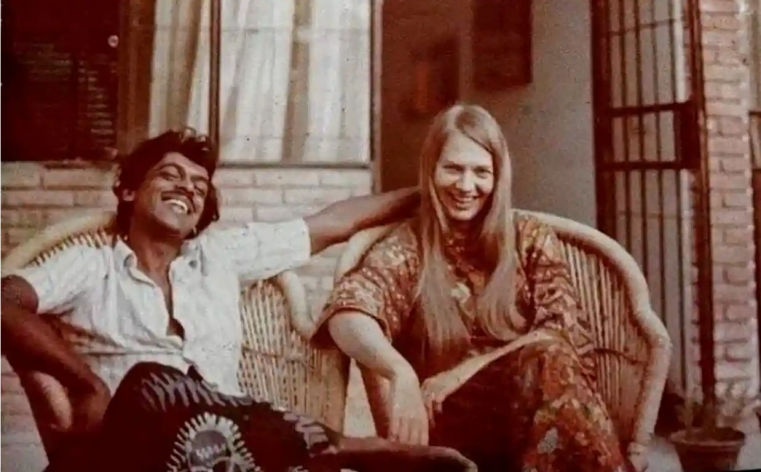What We're Reading This Week

Joseph Satish, University of Hyderabad
[Unknown], “Striving for Begumpura: Traversing the Intellectual Activism of Gail Omvedt”, Economic and Political Weekly
Provides a reading list of some of the major contributions of Gail Omvedt, a sociologist from USA, who came to India and documented India’s most oppressed peoples and the movements that liberated them.
David Potter, “How disruptions happen”, Aeon
Potter describes the patterns that are common to some of the major disruptions in world history, and what lessons they may hold for the future of humanity.
Shivakumar Jolad, Aayush Agarwal, “India's Linguistic Diversity: How the Census obscures it”, The India Forum
The authors describes the challenges in enumerating the many languages in use in India, and how the Indian Census’ way of classifying these languages obscures the linguistic diversity of the country.
Collin Bernard, University of Wisconsin
Adam Tooze, "Chartbook 75: Being Realistic... about the EU, History, and Climate Policy", Chartbook, January 29, 2022.
In this blog post, Tooze expands on a recent article he wrote about Luuk van Middelaar's work on the European Union. Tooze takes issue with Middelaar's conception of history- as a series of unpredictable irrational events- and the role it has played in the formation of the European Union and in contemporary European politics.
Charlie Williams, "The Dropout: A Cultural History", Aeon, February 3, 2022.
Williams offers an intellectual and cultural history of post-WWII Britain and America's growing worry about psychological control and conditioning found in alternative psychologists/anti-psychologists like R.D. Laing and Timothy Leary. It was from this paranoia about the overwhelming control of modern society held over our minds that the figure of the dropout can be seen to have emerged.
Lis Harris, "Strangers in a Strange Land", The New York Review of Books, February 24, 2022 issue.
Lis Harris summarizes and reflects on two recent books that tell the recent history of Hassidic Jewdisms largest group and how their quest for religious purity and isolation has led to very interesting interactions and relationships with wider American society. One book reviewed focuses on the community's Williamsburg, Brooklyn (New York City) home and the importance of real estate to the community while the other explores how part of the community moved to upstate New York.